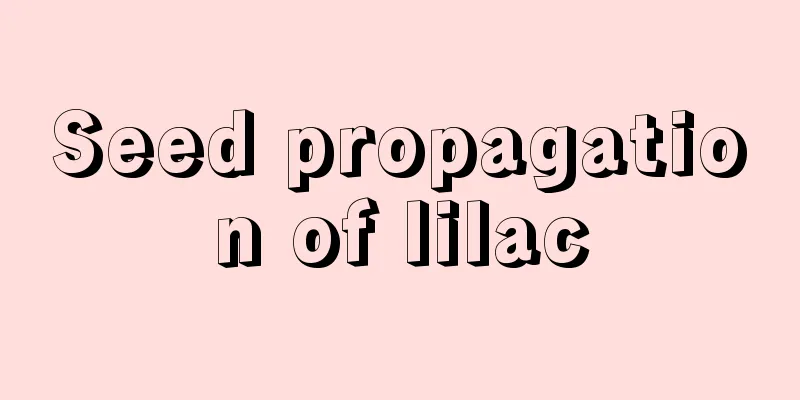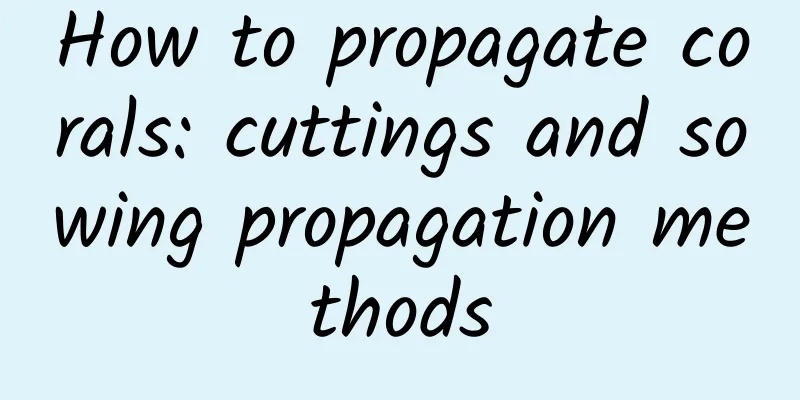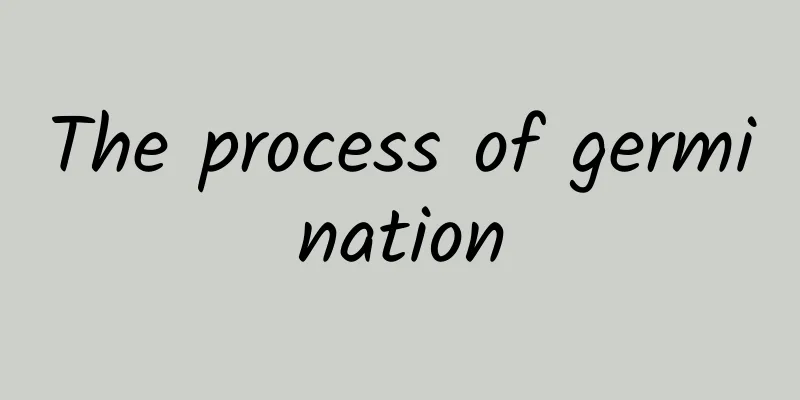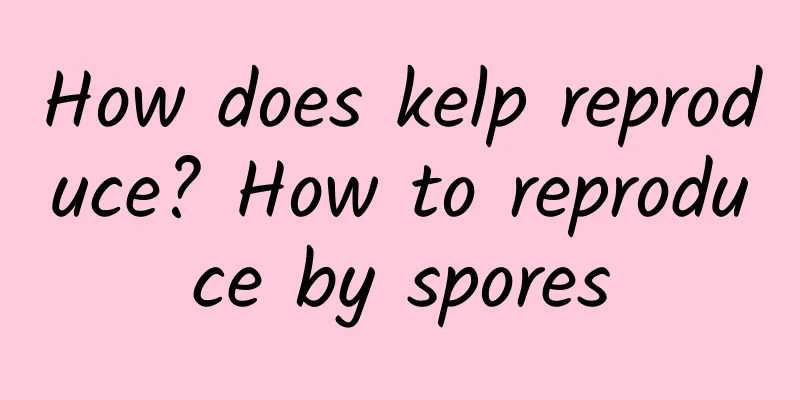What are the advantages and disadvantages of isoxathiapiprolin? How to use it well?

|
Isotrione is a selective, systemic herbicide that is mainly absorbed by the roots and leaves of the plant and then transported to the entire plant through the phloem and xylem. It can be used for weed control in crop fields such as corn, sugarcane , beets, fruits and vegetables, cotton , and cereals. So what are the pros and cons of isoxathiapiprolin? How to use it well? Let’s learn more about it below. What are the advantages and disadvantages of isoxathiapiprolin? 1. Advantages (1) Broad spectrum of weed control: Isotrione has a wide range of weed control properties and can control more than 50 annual weeds including broadleaf weeds and grass weeds . (2) It has a secondary weed control function: After spraying isoxathiapiprolin, it can remain stable on the soil surface during droughts. Its herbicidal activity can be reactivated after rain or irrigation water. It has a secondary weed control function, which is a characteristic that other herbicides do not have. (3) Good safety: Isotrione degrades rapidly in the soil and will not remain in agricultural products , making it relatively safe for human health. (4) Good compatibility: Isotrione has excellent compatibility and can be combined with herbicides such as isopropylamine, atrazine, and thiamethoxam to achieve a more pronounced weed control effect. 2. Disadvantages The efficacy of isoxathiapiprolin depends on soil moisture or rainfall. In the event of drought, the efficacy is not ideal. In addition, the effect of isoxathiapiprolin as a single agent is poor, and it is usually used in combination with other herbicides such as atrazine. How to use isoxathiapiprolin 1. Application time and method Isotrione should be applied as early as possible within 1 week after corn sowing. The application method is to first dissolve the agent in a small amount of water, then mix it with 60-75 liters of water per acre to make a liquid, stir it thoroughly and then spray it evenly on the ground surface. 2. Mixing suggestions In order to better control grass weeds, it is particularly recommended to mix isoxathiapiprolin with amide herbicides such as sethoxydim (Hernic), isothiochlor, and Propylene. In addition to mixed use, it can also be used alone in plots where there are few grass weeds. 3. Notes Isotrione is selective for corn, but it is easy to cause phytotoxicity to corn when the dosage is too large or when the soil is alkaline, sandy, or low in organic matter. Some corn varieties are also prone to pesticide damage, causing the corn to turn yellow or white. In general, as one of the important herbicides for corn and sugarcane fields, the advantages of isoxathiapiprolin are very obvious, but it also has some disadvantages. Therefore, it is important to master the correct usage when using it to ensure the safety of crops and the environment.
|
<<: How tall is Bauhinia bracteatum and how to care for it in daily life
>>: What should I pay attention to when planting Bauhinia potted plants? Do I need to prune them?
Recommend
How to grow rubber trees vigorously
Good growing environment: temperature: The most s...
Can succulents be watered with beer?
Can succulents be watered with beer? Succulent pl...
Where is the best place to plant Sophora japonica? Where is the best place to plant it at home?
Sophora japonica planting area Sophora japonica i...
Sugarcane seedling raising method and time
Everyone has tasted the sweetness of sugarcane , ...
How many years does the fragrant dragon blood tree bloom?
1. How many years does it take to bloom? If you w...
How to breed Luna Lotus
1. Leaf cuttings Leaf cuttings are best started i...
How long does it take for grapes to ferment before they can be drunk? Is there alcohol?
1. How long does it take to ferment before drinki...
When is the best time to plant lettuce?
Spinach is a type of vegetable that many of our f...
These 4 types of gardens are all so beautiful that you would be satisfied with just one in your lifetime!
Exquisite terrace garden For friends who live in ...
How to make the green radish take root quickly through cuttings and how to change the pot
1. Cutting method 1. Time selection: The time for...
Does the plane flower bloom?
Flowering period of plane flowers The plane flowe...
The efficacy and function of Atractylodes
Good for the spleen and stomach Atractylodes has ...
Which month is best to plant potatoes?
Potatoes, also known as potatoes, sweet potatoes ...
Farming management before and after the winter solstice
During the winter solstice, the average temperatu...
How to graft plums
1. Grafting method 1. Time: It is important to ch...









